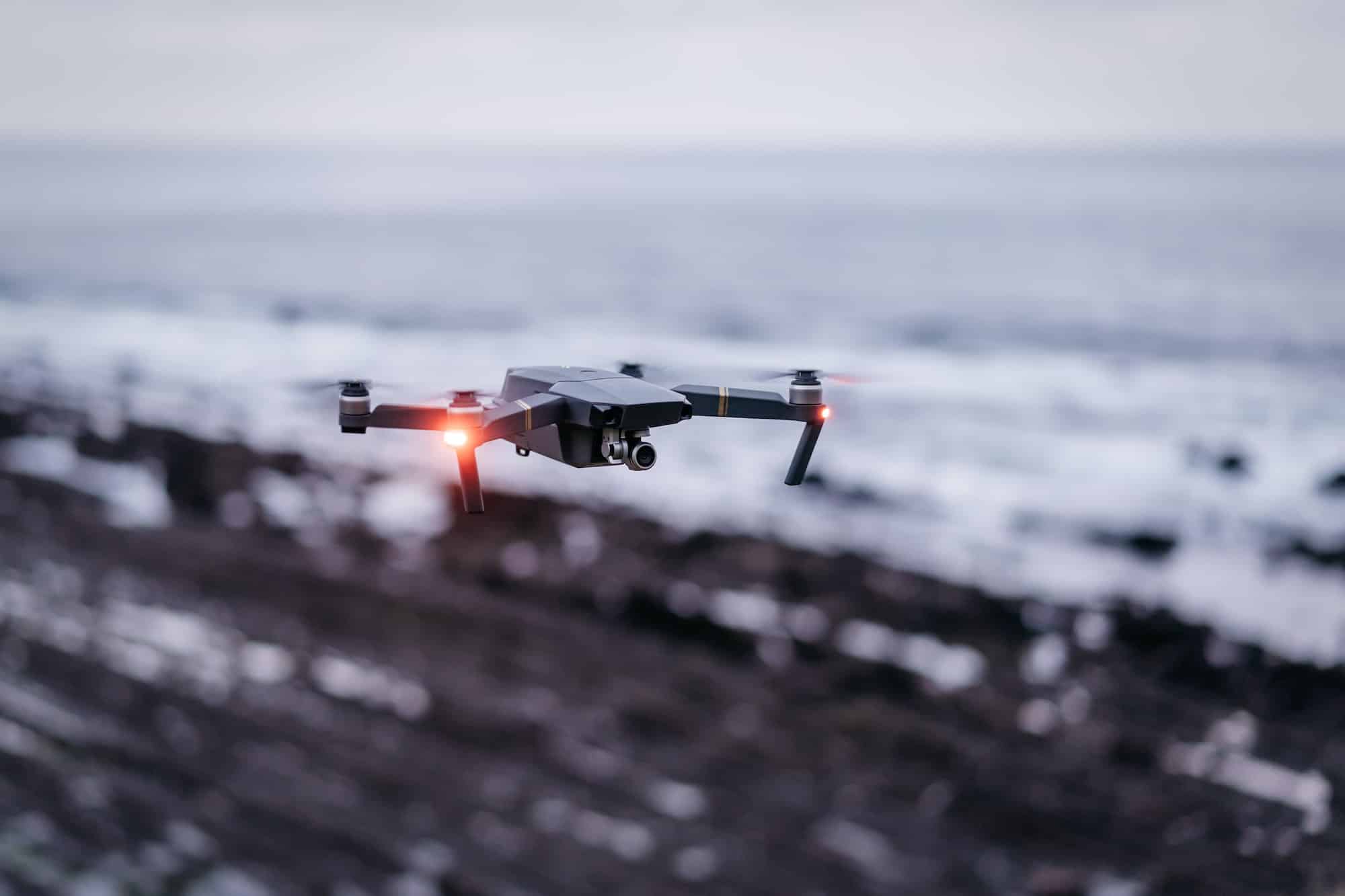How Can Drones Be Utilized in Personal Fitness and Sports Training?

The rapid evolution of technology has made a significant impact on various industries. The fitness and sports sectors are no exceptions. Drones, unmanned aerial vehicles, have begun to make their presence felt in these areas. The potential of drone technology in personal fitness and sports cannot be denied. They can function as workout buddies, coaching aids, and even virtual competitors. Let’s delve into how drones are revolutionizing the world of fitness and sports training.
Harnessing the Power of Drone Technology in Fitness
The surge of wearable devices and smartwatches has been a testament to the merging of fitness and technology. However, the advent of drone technology takes this a step further. Drones offer a unique perspective, literally and figuratively, in personal fitness training.
En parallèle : What Are the Environmental Impacts of Increasing Hobby Drone Usage?
Drone technology has the potential to completely transform how we engage in personal fitness. This section provides an exploration of how drones are changing the traditional methods of exercising and fitness training.
Drones as Personal Trainers
The idea of a personal trainer hovering above you might seem like a scene straight out of a science fiction movie. Yet, it is a reality today. Drones equipped with advanced geolocation technologies can help you keep track of your running or cycling paths. They can follow you, record your performance, and provide real-time data.
Lire également : How Are Recreational Drones Influencing Social Media Content Creation?
With their ability to collect and analyze data, drones can offer personalized training programs. They can monitor your heart rate, speed, and time spent on each exercise. Google, for example, has patented a drone technology that can recommend workout routines based on the data collected.
Drones as Virtual Competitors
In addition to being personal trainers, drones can also act as virtual competitors. This application can be particularly advantageous for runners and cyclists. A drone can be programmed to fly at a specific speed, allowing users to race against it. This elevates the exercise experience from a mundane activity to an exciting competition.
Incorporating Drones into Sports Training
Professional sports teams in the USA and around the world have started to use drone technology to enhance their training sessions. Drones have the capacity to capture aerial footage that can provide a unique perspective on team formations and tactics.
Drones for Team Sports Training
Imagine a football team practicing a new play. A drone hovering above the field can capture the arrangement and movements of the players. This perspective is impossible for a human coach to attain from ground level.
Using advanced data analysis, the drone can identify any flaws in the team’s strategy or individual player’s performance. This gives coaches a new dimension to work with, improving overall team performance.
Drones for Individual Sports Training
For individual sports like golf or tennis, drones can provide valuable feedback. In golf, a drone can follow the trajectory of the ball, calculating the distance and angle of each shot. This data can help golfers understand their swing better and make necessary adjustments to improve their performance.
In tennis, drones can monitor player’s movements and strokes, providing data that can enhance their game strategy. The Association for Computing Machinery (ACM) has been involved in researching drone applications in sports, further validating the potential of this technology.
Overcoming Challenges and Looking Ahead
Despite the potential benefits, there are challenges that come with the use of drones in fitness and sports training. Privacy and safety concerns are among the issues that need to be addressed before drones can become a common sight in gyms and sports fields.
However, with continuous advancements in drone technology and regulations, a future where drones are an integral part of fitness and sports training is not far-fetched. The demand for cutting-edge, data-driven workout and training methods continues to grow. Therefore, the role of drones in fitness and sports will certainly expand in the coming years.
In a world that is ever more health-conscious, drones present an exciting, innovative tool for fitness enthusiasts and athletes. They offer a unique way of making workouts more engaging and effective. As drone technology continues to evolve, its potential in the realm of fitness and sports training is virtually limitless. With drones, the future of personal fitness and sports training looks more exciting than ever.
Addressing the Challenges: Safety, Privacy, and Regulation
As with any revolutionary technology, drone usage in fitness and sports training is not without its challenges. The primary concerns revolve around safety, privacy, and regulation.
Safety is an essential aspect to consider. Drones, while generally safe, have the potential to cause injuries if not operated properly. For instance, a drone that malfunctions or veers off course during a workout session could result in accidents. Therefore, it is crucial for drone manufacturers and users to prioritize safety measures, ensuring that the drones are reliable and have fail-safe mechanisms in place.
Privacy is another significant concern. The use of drones, especially those equipped with cameras, could potentially infringe on individuals’ privacy. This is particularly sensitive in public spaces like parks or sports fields. To mitigate this, drone operators must adhere to privacy laws and guidelines, limiting data collection to necessary performance metrics and using anonymization techniques when handling the data.
Regulation is a critical aspect that can shape the future of drone use in fitness and sports. In the USA, the Federal Aviation Administration (FAA) sets the rules for commercial and recreational drone use. It includes restrictions like not flying over people or moving vehicles and flying within visual sight of the operator. Conforming with these regulations ensures that drones are used responsibly and ethically in fitness and sports.
Future of Drones in Personal Fitness and Sports Training
As we look ahead, the fusion of drone interaction technology, virtual reality, and wearable tech promises to bring a new dimension to personal fitness and sports training. From being personal trainers and virtual competitors to providing real-time, valuable data, drones have started to redefine fitness and sports experience.
The future might see drones equipped with sophisticated human drone interaction systems, where drones respond to gestures, voice commands, or even changes in heart rate. This could make workouts more engaging and intuitive, pushing the boundaries of what is possible in fitness training.
ACM (Association for Computing Machinery) York, well known for their pioneering work in computing systems and human factors, is already researching advanced drone applications in sports. Their findings could shape the future of drones in fitness and sports training.
In an era where real-time data and personalized workout routines are increasingly sought after, drones are poised to play a prominent role. As technology progresses and regulations evolve, drones could well become a common sight in gyms, sports fields, and even in our everyday workouts.
In conclusion, while there are challenges that need to be overcome, the potential of drones in transforming fitness and sports training is immense. Offering a unique perspective and data-driven insights, drones stand as a testament to the fusion of technology and fitness. They present an exciting avenue that could make personal fitness and sports training more effective, engaging, and innovative. The future of fitness and sports training is, without a doubt, up in the air.
